I’ve seen many cases where type 1 diabetics try a low-carb diet, but end up with high blood sugars! Why is this? Well, most of the time, it’s because they aren’t taking insulin for protein. I’d say that not bolusing for protein is probably one of the biggest mistakes type 1’s make when going low-carb. Is this news to you? Let me explain.
I thought only carbs need insulin?
When you’re given the typical high-carb guidelines, the doctors will usually say that you need to only take insulin for carbs. In the context of a high-carb diet this makes sense, because carbs raise your blood sugar faster and greater than any other macronutrient. Protein and fat can’t even hold a candle to the rise one gets from carbs, which is why we need to avoid them! But, once you cut the carbs out, suddenly the biggest impact to your blood sugar will be protein.

Why is this? It’s not that a steak is like a cake, that protein simply turns into sugar in your body. It actually makes your blood sugar rise indirectly, by stimulating the release of glucagon. This glucagon brings amino acids (protein) into the liver for gluconeogenesis, and is what causes the rise in blood sugar, slower and later than carbs would. Normally, our bodies make insulin to counteract the effect of glucagon, but since our bodies make none, we have to cover that insulin manually.
Fortunately, covering the rise from glucagon is easy to do, if you know what to do and have the right tools. If you’re just starting out, you’re likely injecting with a rapid-acting insulin such as Humalog or Novalog. These analogue insulins have a very quick activation which matches well with the quick spike from glucose, but doesn’t match well at all with the slow rise from protein. But, fortunately, there actually is an insulin that is very suitable for low-carb, and that is called R (Humilin) Insulin.
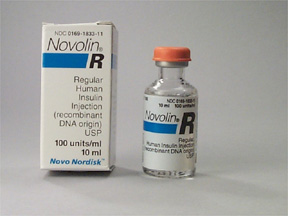
R-Insulin is a very old insulin, and is usually more accessible and affordable than the rapid-acting analogues. In the U.S., you can buy it from Wal-Mart over the counter for $25/vial. Yet doctors don’t recommend it, and typically never even mention it, because it works too slowly for a high-carb approach. Fortunately for us, this slow activation is actually perfect for covering protein in low-carb meals! For that reason, Dr. Bernstein recommends using this insulin to cover protein.
How do you use R-Insulin?
This insulin does come with its quirks, and there will be some trial and error in figuring out the right dose. Our bodies have different sensitivities to protein and insulin, so the amount needed varies from person to person. But to start, Dr. Bernstein recommends using 1/2 unit of R per ounce of protein. When starting I tried a little less than that, just to avoid going low, and then tested frequently after to see where my blood sugar ends up. If it goes too high, you know you need to increase the amount of insulin per oz, and if it goes too low, you know you need to lower it.
The timing when it comes to injecting R for protein is very important too. Because R has such a slower activation time, Dr. Bernstein recommends dosing for your meal about 45 minutes before you eat. This, too, will vary from person to person based on their own sensitivity and metabolism. What I did to figure out when to bolus was to take my insulin 45 minutes before, and then test every few minutes. The minute my blood sugar starts going down, I start eating. And whatever that time that is from bolus, be it 15, 30, or even 5 minutes, is how much time I’ll give before eating. If you don’t do this, you may find that you go low and then too high after you eat, which would indicate bolusing too soon. Or, conversely, you may go too high and then too low, indicating that you’re injecting too late.
Lastly, if you eat a delicious meaty meal and realize you forgot to bolus later on, when its well-past the safe window for timing it properly with R, don’t be afraid to use the more rapid-acting insulin! It’s not ideal, but if you time it too late with R you will likely go too high and then too low due to its delayed activation.
Just like how the 3 units of R covers my steak, that about covers the how-to on bolusing for protein. Have any questions, comments, or concerns when it comes to bolusing for R? Send me a message or comment below!




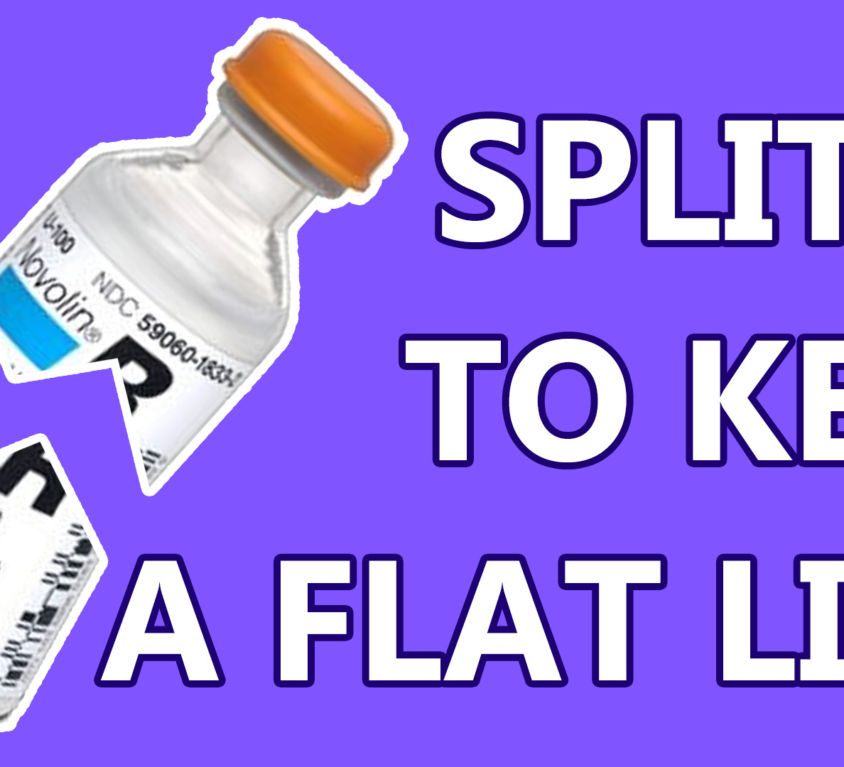



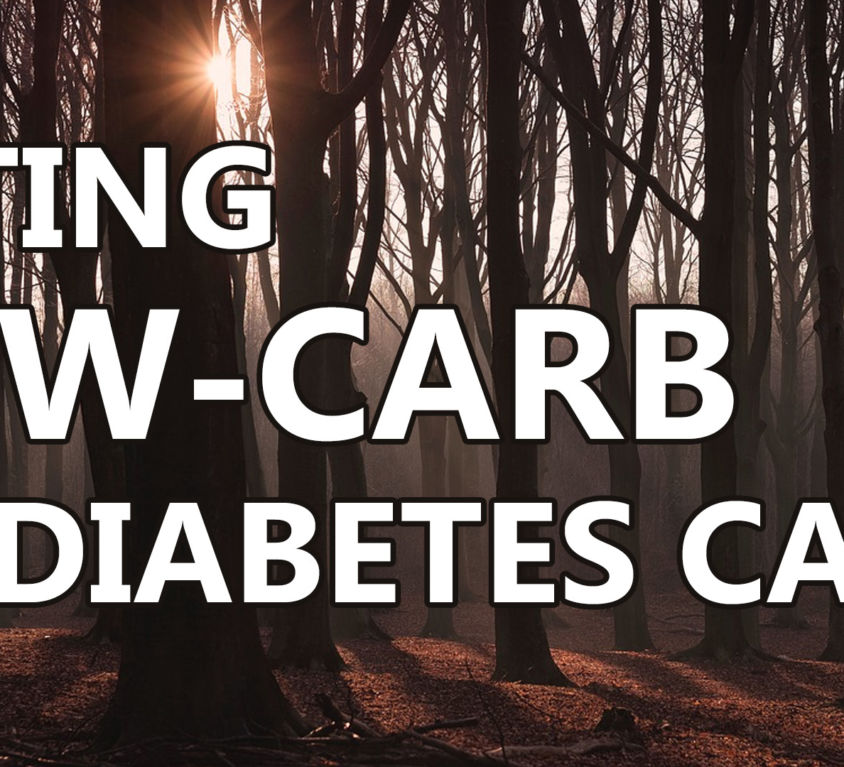



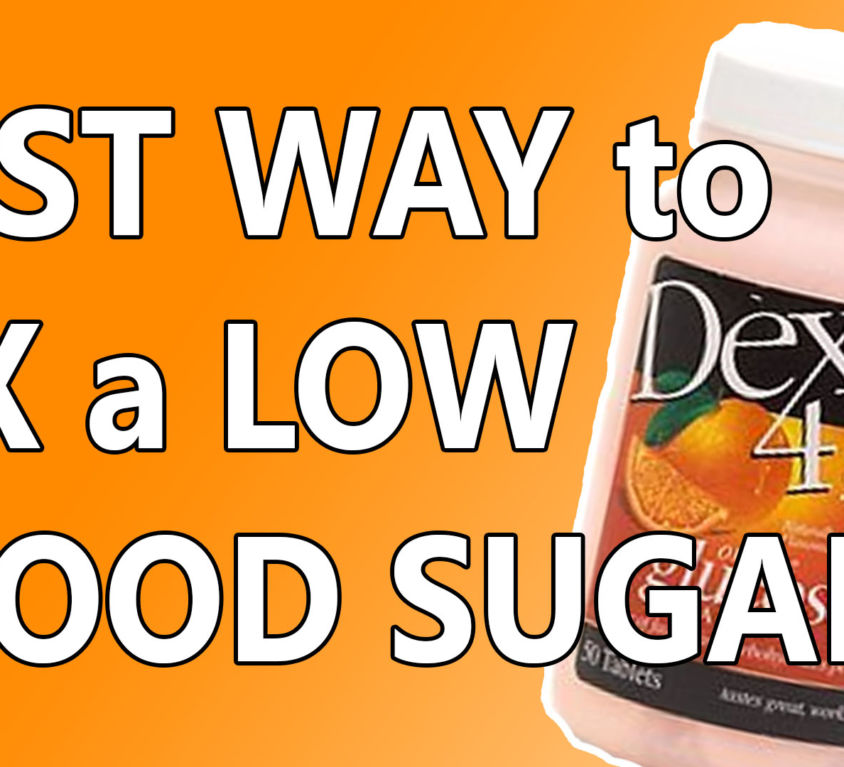
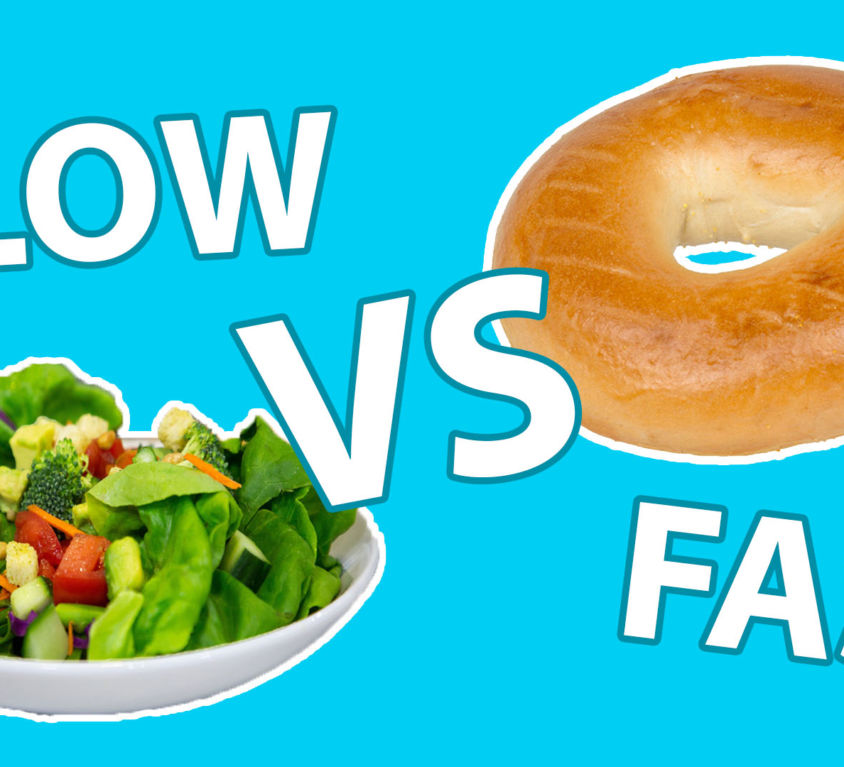
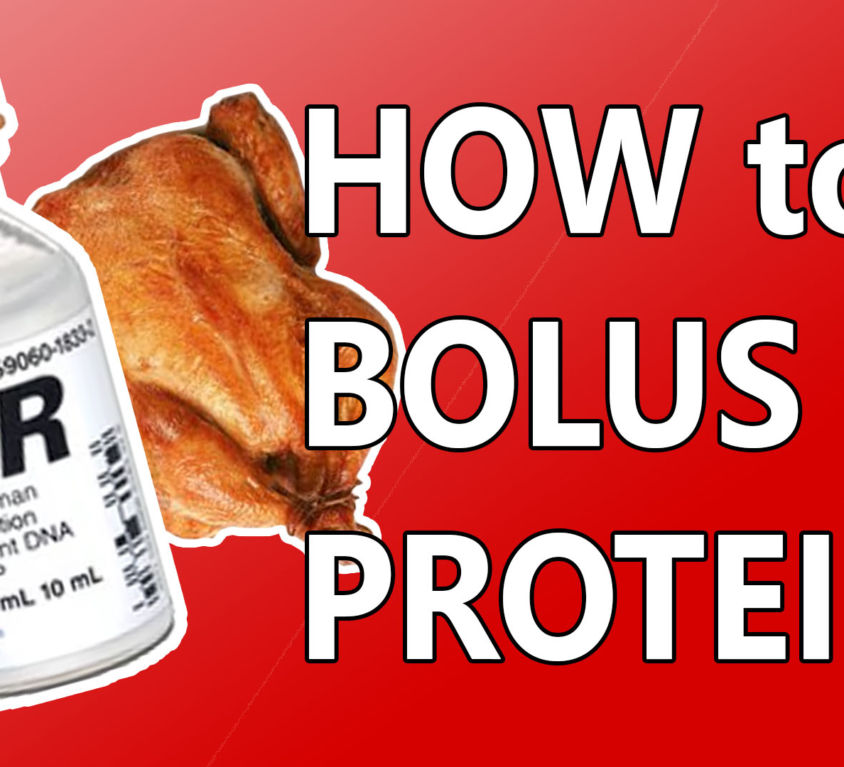

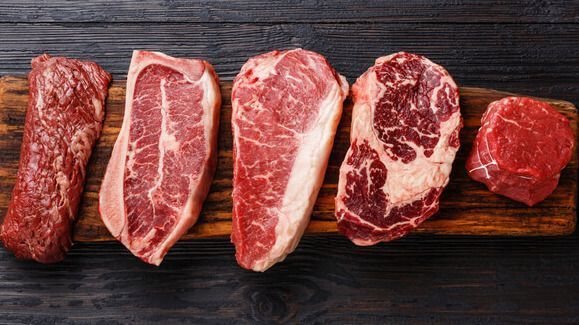



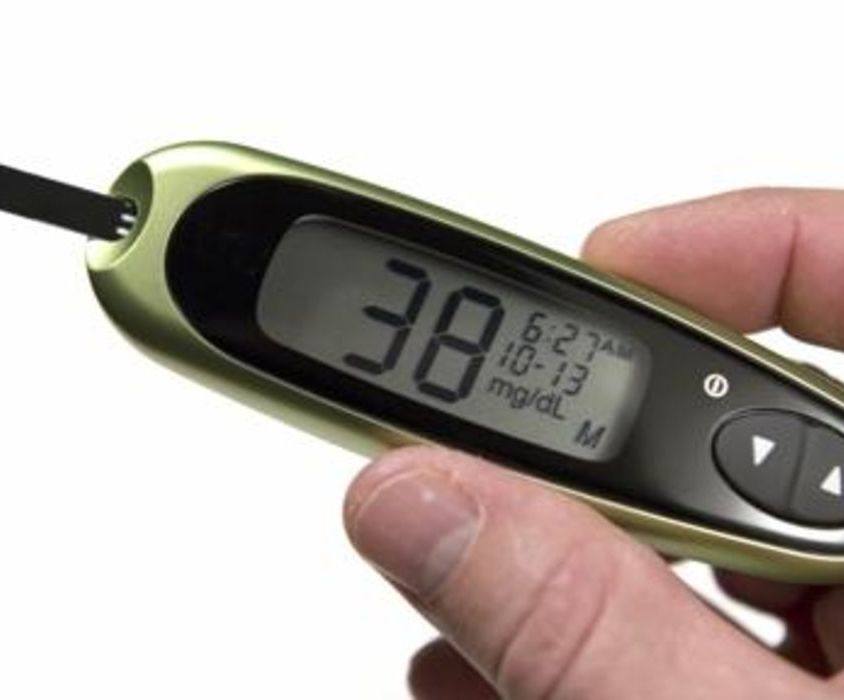
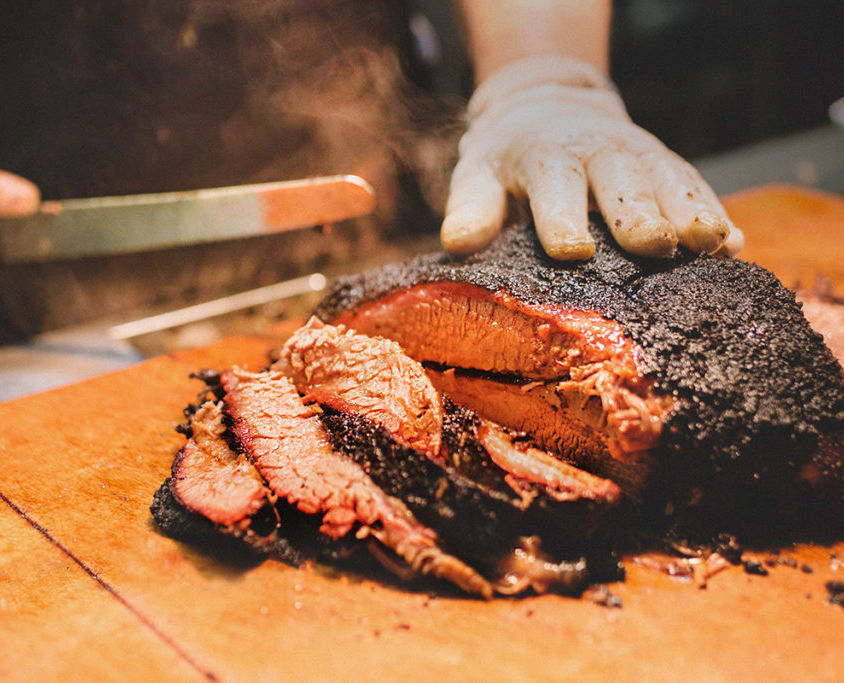
Hi, I’m just starting to do research on low carb and T1. When you say to bolus before meal, are you talking about Insulin R?
My daughter (11) is on Omnipod. Can I use Humolog in Pod and R in an injection?
I’m sorry, I’m just very confused and overwhelmed, but I want a healthier daughter ?
I am, I believe R is best for covering protein on LC! And if you mean using humolog as your basal and R as meal-time insulin, you certainly could. There are people who do that. Personally I was using R in my pump for both basal and bolus for a long while. It required some fine-tuning due to the different potency, but it’s doable.
If you’re just getting started on learning about LC for type 1, I recommend you get Dr. Bernstein’s book, linked in the menu and sidebar. It’ll tell you everything you need to know.
I’m type 1, on a pump, in ketosis & doing daily 16:8 intermittent fasting, which has really stabilised my BG levels over the last 6 months. I’ve had diabetes for 33 years and am now 64. I live in South Australia & have no access to doctors or educators who know much about low carb ☹️. Diet Doctor & similar websites are my educators so I’m fit, healthy & motivated – and want to stay that way.
I’ve never considered a bolus for protein before but wondered if I could use my cgm reading to ‘correct’, if necessary, a couple of hours after eating. I don’t eat a lot of carbs (generally about 12g for both lunch & dinner) but realise now I should be much stricter with my target range.
My current target is set at 5mmol/L (range 4.1 to 7) although my endo is not happy & says I’m being irresponsible. However, after checking out the Type1Grit site (which is where I found you) I can see that I should be aiming for an even lower target. How low is too low for your BG to go? Being in ketosis seems to minimise hypo symptoms, which is why I now have cgm.
I actually just finished a blog post on low blood sugar, you can see it here. Doctors aren’t used to seeing diabetics obtain normal blood sugar levels, so I’m not surprised by his comments. That said, I think your range is fine! I’d try to stick below 100 as much as possible though.
On the question of if you should bolus for protein or not, that depends a bit on your circumstance. You’re adult-onset, and that means you could still have a bit of insulin-making cells in your body. Perhaps that bit left is enough to cover protein without taking more for it, and if you did take more for it, you’d go low. Or perhaps that is just what you need to keep you cruising at 80-90 all day. That is something you’ll have to experiment for and figure out yourself.
Hi Justin,
I am T1 diabetic for the last 25 years, I had been cutting out carbs for years because I had experimented & noticed how impossible my blood glucose was to control when consuming carbs. When we, my husband is the source of all the research in my life, discovered keto 3 years ago, my blood glucose stabilised even more. So we kept on researching ways to keep improving our health & discovered carnivore 30 days ago. I am using humalog in my pump. Carnivore worked great for 1st week. But now I am hyperglycemic only after every evening meal. I do 16:8 intermittent fasting 3-5 days/ week. Would you still suggest switching from humalog to R-insulin?
Also on CGM for hypos & my pump is using smart guard to “prevent” hypos. However I have become so insulin sensitive that I systematically go hyper after smatguard has been activated.
Thank you for sharing all this useful information.
Great article, thanks.
I have a question..
When you say a half unit of R for each ounce of protein.. for example 4 ounces of beef, which contains roughly 1 ounce of protein.., do we inject a half unit of R, or 2 units?
When I said “per ounce of protein,” I meant the weight of the protein food itself. So, a starting point you can use, what Dr. Bernstein recommends, could be using 2 units of R for 4 ounces of beef. Hope that clarifies things.